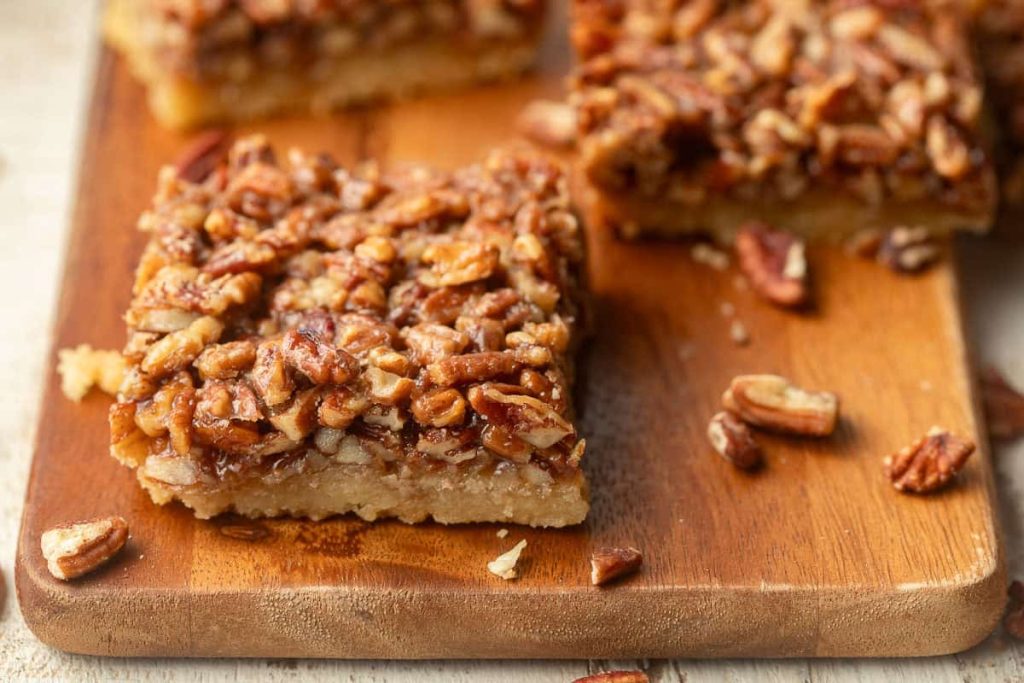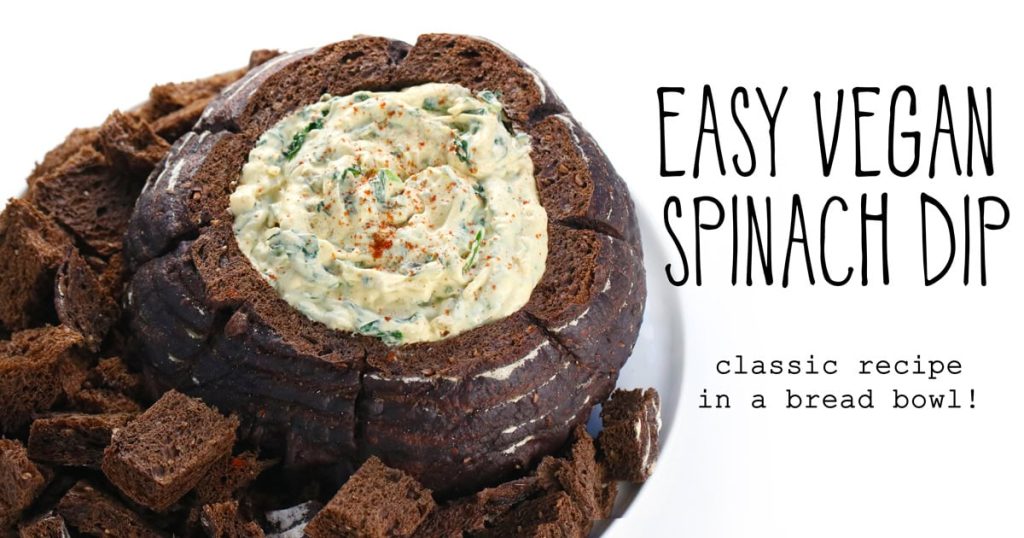
Oh, what the heck? Since I reposted my recipe for sesame seed balls last week, I might as well bring back this old post for regular, non-deep-fried mochi. As long as you can track down a few special ingredients (and don’t mind making a mess), making daifuku is surprisingly easy!
First, a quick note on terminology, courtesy of Wikipedia. “Mochi” is a Japanese cake made of glutinous rice flour, and actually only describes the squishy outer layer of daifuku. Mochi has both sweet and savory applications; stuff it with a sweet filling and a whole strawberry in springtime to make ichigo daifuku, put chunks of it in soup, or make dango and eat it on a stick with savory sauces. Daifuku specifically refers to mochi stuffed with a sweet filling, and that’s what we’re dealing with here.
When I lived in Philly, I made a point to pick up a new flavor of daifuku every time I ended up in Chinatown. My favorite kind was sold across the street from my apartment, which was not great for my bank account. During the summer, I preferred to eat daifuku straight out of the refrigerator, which rendered it cold, firm, heavy, and chewy, and particularly reminiscent of marshmallows in texture.
The traditional way to make mochi is to cook glutinous rice and then pound it with mallets until it assumes the proper texture. As committed as I am to making things completely from scratch, I’m afraid I don’t have the dedication to pull that off. This recipe requires a microwave, so if you’re like me and don’t have one, consider this a fun project to bring to a hungry, understanding friend’s house. I did attempt this recipe on a stove once, but wasn’t able to get the dough to cook evenly. If you happen to know any easy ways to make mochi without a microwave, I’d love to hear about it!
When I researched how to make mochi at home, I encountered a lot of kitchen horror stories that almost scared me off from attempting it altogether. I picked up a bag of glutinous rice flour and eyed it nervously for a couple of weeks, worried I would emerge from my first attempt looking like I’d just lost a battle with a dilophosaurus. Nothing catastrophic has ever come of my mochi-making endeavors, but you do need to work quickly, so I recommend carefully studying the directions before you start!
Finally, feel free to experiment wildly and add any kind of flavorings or fillings you like. Matcha (green tea) powder is sometimes used in mochi, both as a colorant and a flavoring; sweet sesame paste and taro paste can also be used as fillings. Alternatively, you can prepare mochi on a bed of sesame seeds so that they’re coated with seeds rather than starch. Have fun! And for the love of all that is adorable in this world, please go the extra mile and make usagi manju. And then send it to me. We’ll be best friends forever.
5.0 from 2 reviews Print Daifuku Mochi Recipe type:?Dessert Cuisine:?Japanese Serves:?8 large mochi ? Ingredients 1-2 cups tapioca, potato, and/or corn starch ? c sugar 1 c glutinous rice flour ⅔ c water food coloring, optional flavoring, optional ~9 oz. anko (sweetened azuki bean paste) Instructions First, you’ll need to prepare your work area. Generously sift starch over your work surface. Dust a rolling pin, a sharp knife, and a large plate (for the finished mochi) with starch. Fill a small bowl with water. Portion out 8 1? balls of anko on a plate for easy use. In a microwaveable bowl, stir together rice flour, sugar, and any flavorings. Add water and a drop or two of food coloring, if using, and mix well. Microwave mixture for 2 minutes*; remove from microwave and stir well with a fork. Depending on your bowl and your microwave, parts of the rice flour may have already cooked and gotten jelly-like before the rest of it. If this happens, just beat the mixture together until it’s all the same consistency. Microwave again for another 1-2 minutes and beat as necessary. (If you’re splitting the mochi batter to make different colors at the same time, reduce microwave time accordingly.) It should have risen slightly, be thick and gelatinous, and kind of gather into a ball as you stir it. Use this to your advantage and, after dusting your hands with starch, scoop it out onto your work surface. Sprinkle extra starch on top and pat it down; no exposed part of the mochi should be sticky at this point. It’ll be hot, but it shouldn’t burn you if you’re heedful. The dough does stiffen as it cools, but it doesn’t happen instantaneously. Work fast, but don’t sweat it. Roll the dough out into a rough rectangle ?? thick. Slice dough into 8 squares. One by one, take a square in the palm of your hand, plop a dollop of anko into the center, and fold the corners up, overlapping slightly to make a seal. Rubbing a little water on the edges of the dough will help them stick together. Chill in an airtight container and serve. Notes You can find cans of anko in any Asian grocery store, but you can also find instructions for making it from scratch on Google. If your paste isn’t thick enough to roll into balls, you’ll want to stick it in the freezer for a while until it stiffens before portioning it out. WordPress Recipe Plugin by EasyRecipe 3.2.2802



